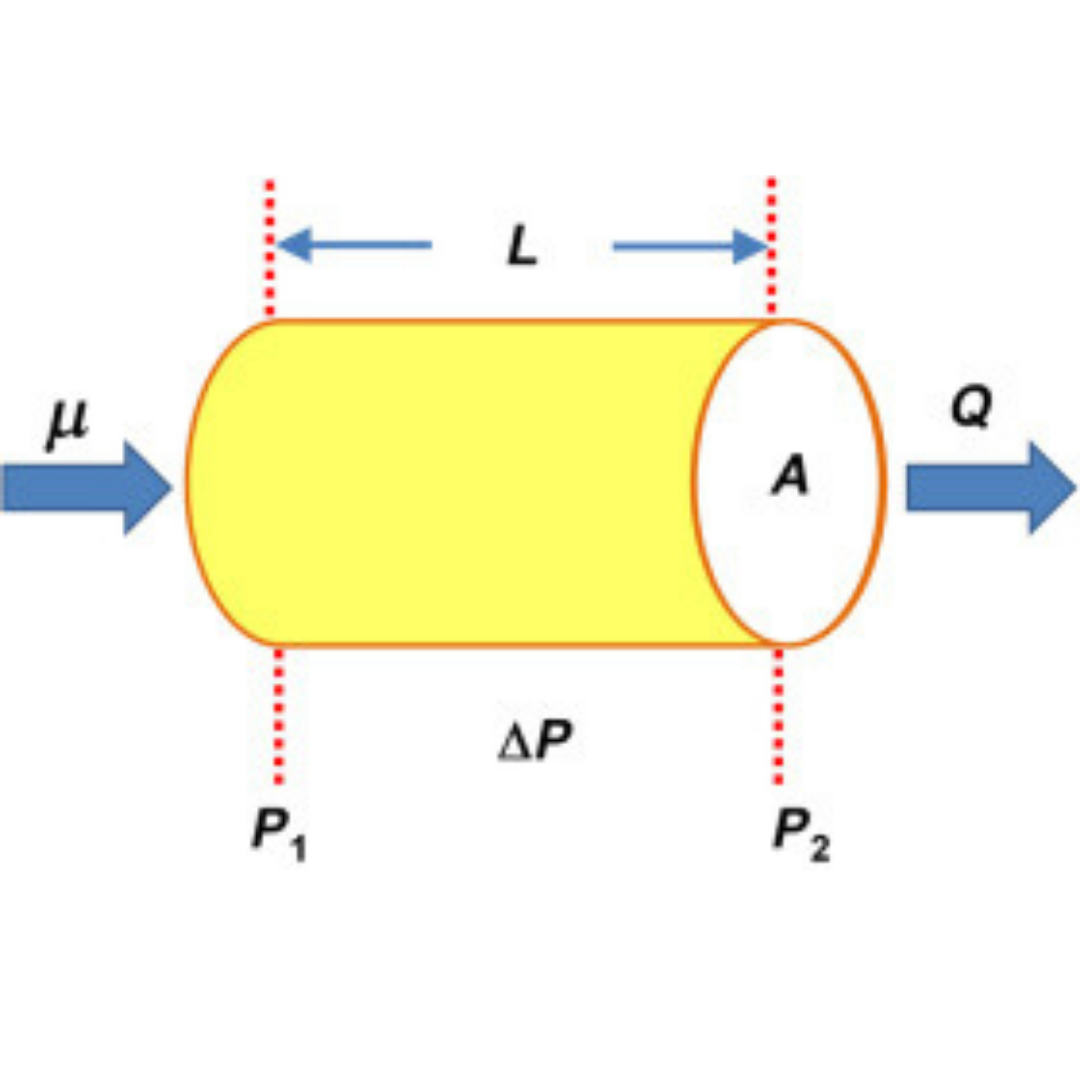
The Diffusivity Equation
The theory of well testing begins with an understanding of fluid flow in porous media. In this article, the continuity equation, Darcy’s law, and equation of state for a slightly compressible liquid are used to develop the diffusivity equation, describing single-phase flow of a slightly compressible liquid.
View Article
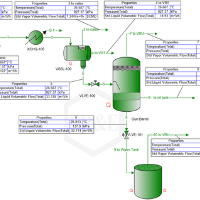
Solubility of Gases in Water: Part 3
April 1, 2021
|
Tip of the Month
Continuing the March 2021 Tip of the Month, this tip presents the computer simulation results for an oil production facility with a high watercut.
View Article
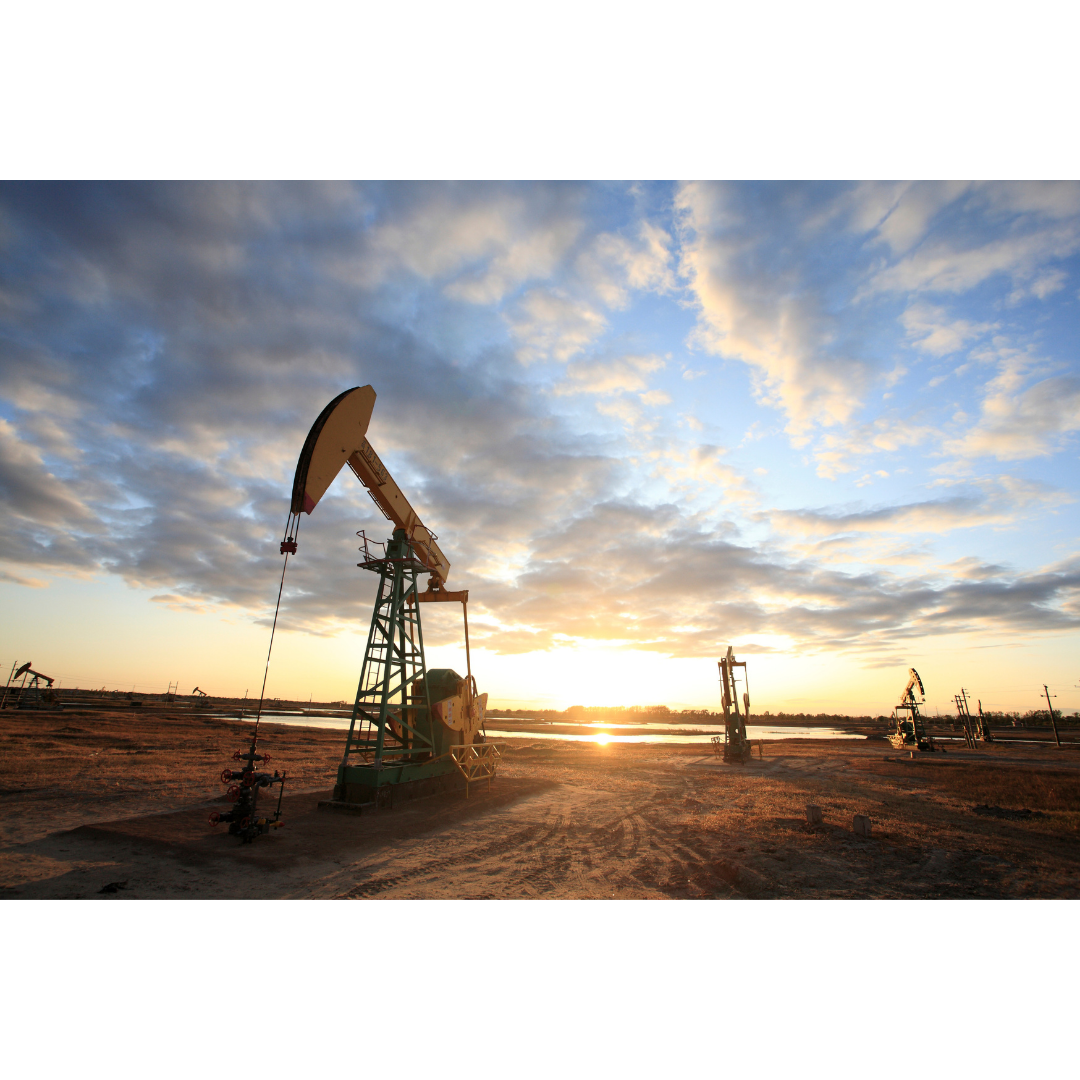
Introduction to Production Sharing Contracts
April 1, 2021
|
Tip of the Month
This article gives an introduction to the three basic parts of production sharing contracts - cost recovery, division of the “profit oil”, and royalty and income taxes.
View Article
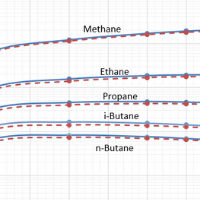
Solubility of Gases in Water: Part 2
March 1, 2021
|
Tip of the Month
This Tip of the Month presents basic thermodynamic models and estimation methods for the solubility of light hydrocarbon gases in water as a function of pressure, temperature, and composition.
View Article
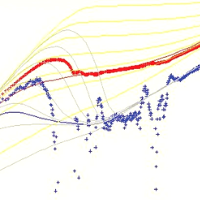
Introduction to Well Test Interpretation
March 1, 2021
|
Tip of the Month
This article gives an overview of the types of well tests, well test applications, and the objectives of well test interpretation.
View Article
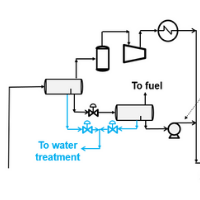
Thermodynamic Inhibitors - Part 3
February 1, 2021
|
Facilities Topics
A pipeline water wet condensate case study.
View Article






